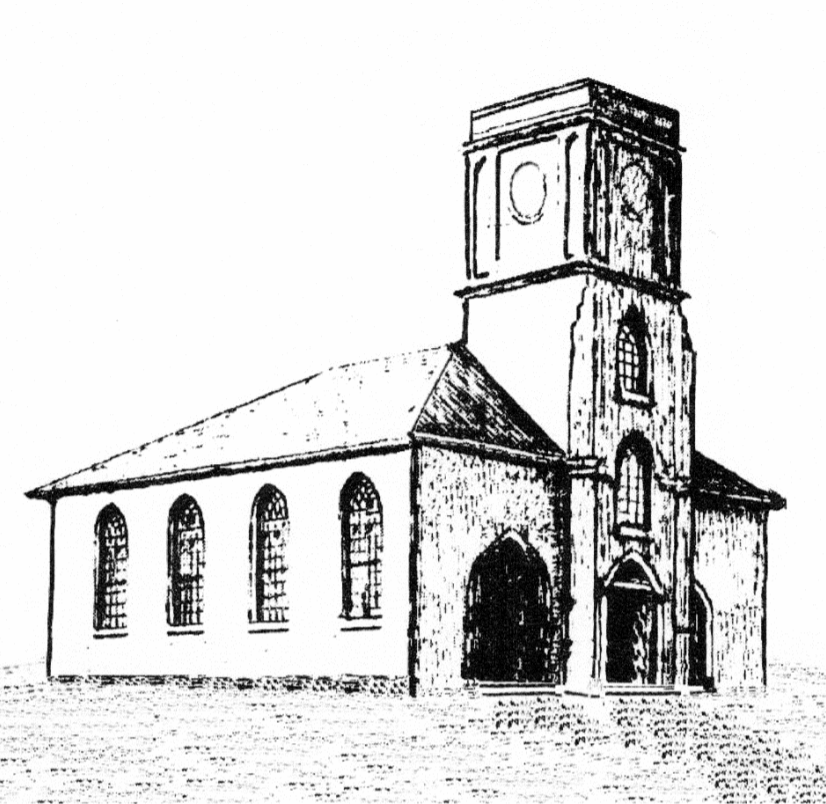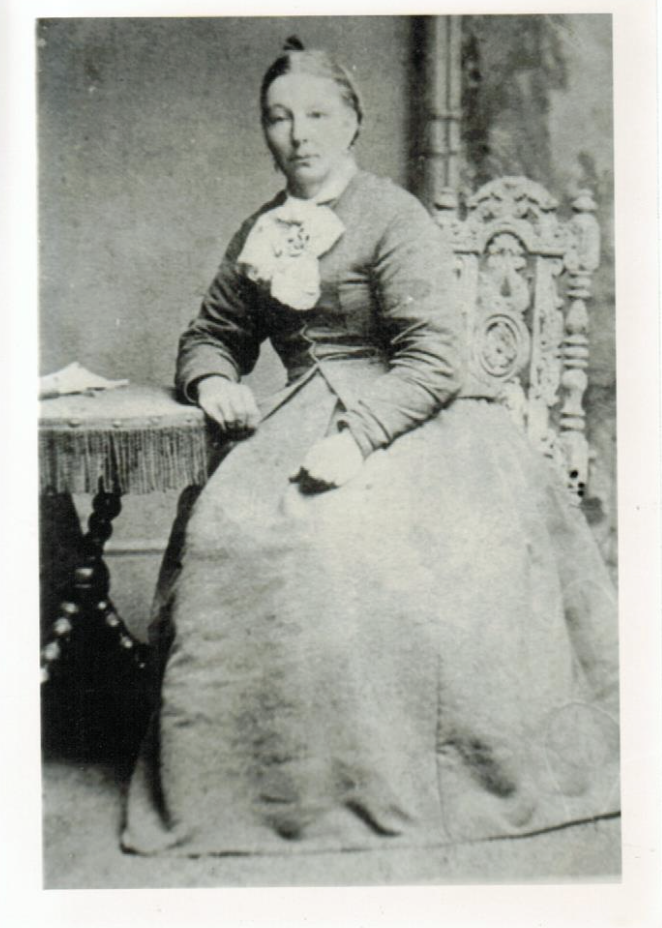
William Chapman was born at Hatfield Broad Oak in Essex, England the eldest son of Isaac Robert Chapman (1761-1850) and Elizabeth Catharina nee Blandy (1770-1847).
At the age of 13, he was convicted of stealing one sheep and two lambs and received the death penalty but was reprieved and transported to Australia for life. He was sent to the Woolwich hulk and then to the convict transport, Fortune.
The boat of 620 tons left London on 28 January 1806, captained by Master Henry Moore, and was carrying 244 male convicts. After 165 days at sea, the boat arrived at Port Jackson, Sydney, on 12 July 1806.
Soon after arrival 20 of these convicts, including William, were put aboard the ship Sophia and conveyed to Port Dalrymple in Van Diemen’s Land (Tasmania). William would have been among the first settlers in Launceston, which was then being established.
Marriage came eight years later, 14 March 1814, to Elizabeth Herbert. William was aged 22 years and Elizabeth 15 years. The marriage is recorded in St John’s Church of England, Launceston records with the celebrant being Rev. Robert Knopwood.
Elizabeth had been born on Norfolk Island, her parents John Alexander Herbert, who had arrived on the First Fleet and her mother, Hannah Bolton who arrived on the Second Fleet. Hannah died on the Island with Elizabeth’s father John, brother James and as well as Elizabeth coming to Van Diemen’s Land in 1813, when Norfolk Island was closed down.
William and Elizabeth had a family of six children, four growing to adulthood.
- Sarah Chapman 1816-1828
- James John Chapman 1819-1860
- Thomas Brough Chapman 1824-1903
- Ann Jane Chapman 1826-1827
- Susannah Chapman 1827-1908
- William Thomas Chapman 1829-1846
There is a record of William and Elizabeth’s eldest daughter, Sarah, being taught to read and write and the youngest children William and Susannah, attending the first Sunday School, at St John’s, Launceston during the 1830s.
Farming activities were mostly attended, with the landholders’ muster of 1819 recording that William was growing wheat and running cattle on the 16 acres grant given by Governor Macquarie. That as a former convict the grant receipt indicates he was of good standing in the community.
By 1820 he had bought more land, on which he harvested 100 bushels of wheat and ran 34 sheep. He also owned property in Charles Street, Launceston, Invermay and in the Evandale area. His residence was at North Esk Creek Farm, in the area now known as Ravenswood, Launceston.
A notable event was a visit to the family home by five bushrangers, escaped convicts, with the intent of seizing property. William was held at gunpoint by one of the men while the others stole items valued at more than 40 shillings. Four were captured and tried in Launceston on May 15, 1821. They were found guilty and sentenced to death. Three were executed a few days later; the sentence of the fourth was commuted to transportation for life, an increase in his sentence.
William continued to prosper during the 1820s and by 1830, he purchased more land and was the owner of 60 acres of land in the area now known as Ravenswood. He named the property North Esk Creek Farm.
William Chapman died on January 29, 1852, aged 60 and was buried in the Church of England cemetery at Elphin, Launceston.
In the early 1860s, Elizabeth accompanied her younger son, Thomas, his wife Elizabeth, and their nephew, moved to New Zealand, where they made their home at East Eyreton, on the South Island. There Elizabeth reared a second family by the name of Cherry. She died at Kaiapoi, near Christchurch, New Zealand on 19 June 1866 and was buried two days later at nearby Eyreton. Her occupation was listed as “housewife”.
Their surviving daughter, Susannah, married John Eli Goodyer, a convict, on November 3, 1846, at Holy Trinity Church, Launceston. She inherited 32 acres of the property at North Esk Creek, where she lived for the rest of her life.

Written by Ivan Badcock 15 June 2024
